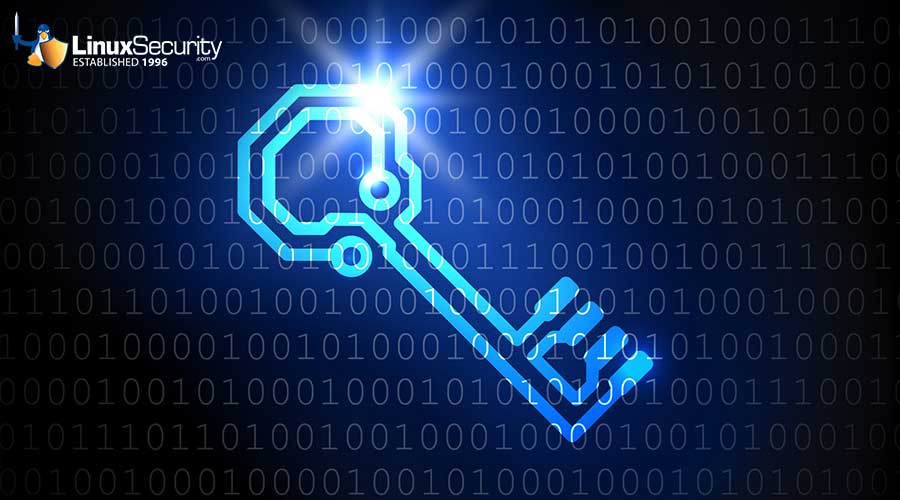U.S. Army kick-starts cyberwar machine
An order from the National Command Authority - backed by President Clinton and Secretary of Defense William Cohen - recently instructed the military to gear up to wage cyberwar.
The ability of the U.S. to conduct such warfare "doesn't exist today," according to a top Army official speaking at a conference in Arlington, Va., last week.
"We see three emerging threats: ballistic missiles, cyberwarfare and space control," said Lt. Gen. Edward Anderson, deputy commander in chief at U.S. Space Command, which was recently assigned the task of creating a cyberattack strategy. "Cyberwarfare is what we might think of as attacks against digital ones and zeros."






















